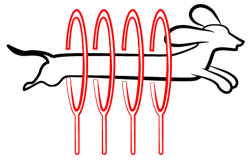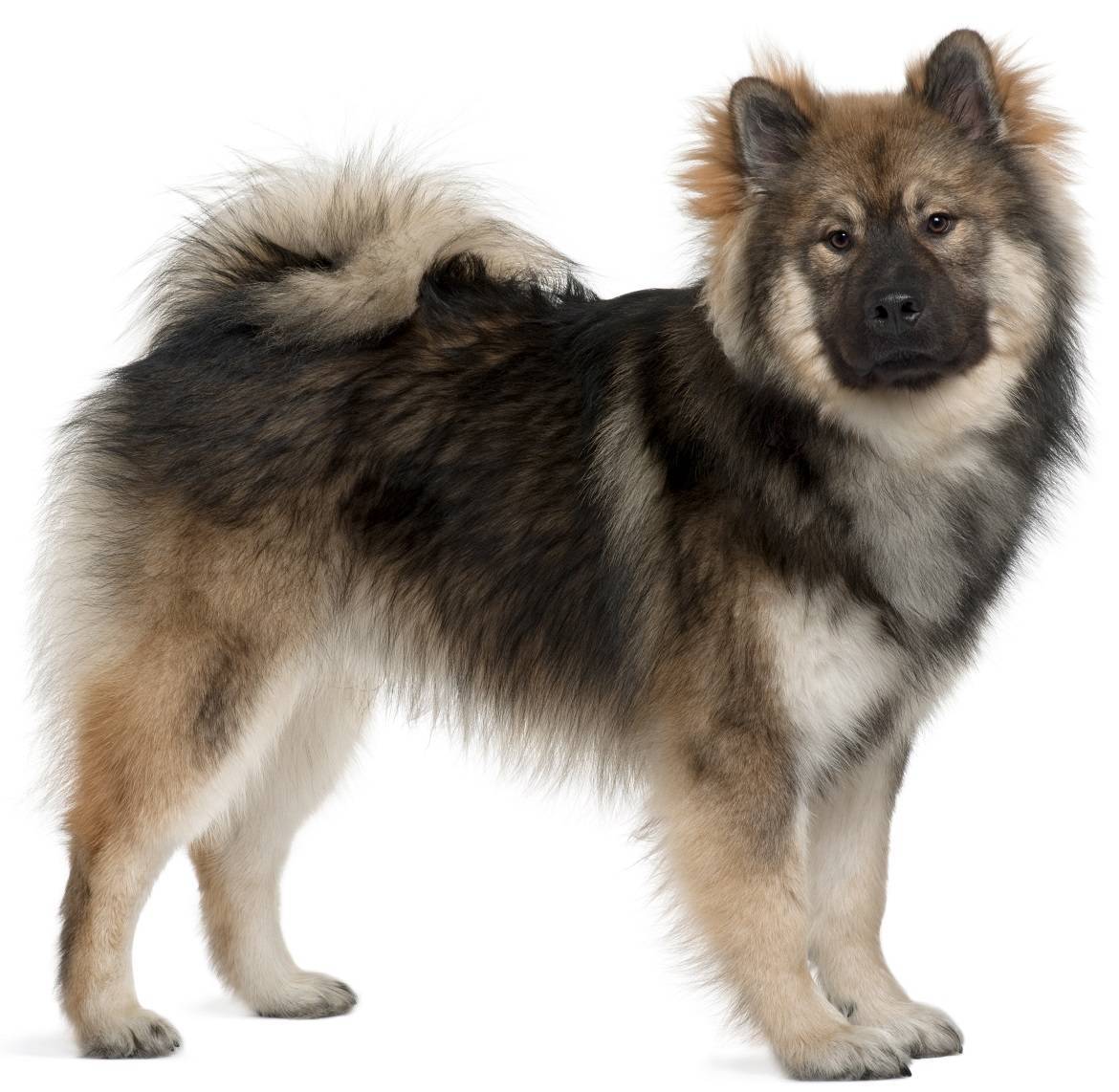
Paws ‘N’ Pups Quickview
Size
| Energy Level
| Trainability
| Paws ‘N’ Pups Rank
|
Characteristics
| Physical Characteristics: Height: 20-24” Weight: 40-70 lbs. Energy Level: Low | Colors: The American Kennel Club recognizes the Eurasier in the following colors:
|
Health & Longevity
Average Life Span: 12-14 years
The Eurasier is a generally healthy dog, but there are a few health problems he may experience.
Joint issues like hip and elbow dysplasia and patellar luxation may affect the Eurasier. Hip and elbow dysplasia are degenerative conditions resulting from malformed joints, often leading to discomfort, pain, or limping. In more severe cases, arthritis or even lameness can result, and surgery may be required. Although it is hereditary, hip dysplasia can be triggered by rapid weight gain or injury. Ensure that while your pup’s joints are still developing, he does not run on potentially slippery floors or jump excessively. Patellar luxation involves the knee joint sliding easily into and out of place. This dislocation of the knee can also cause limping, pain, and lameness, which is often intermittent. Surgery can correct patellar luxation, but it may not be possible in every case.
Autoimmune thyroiditis is another possibility for the Eurasier, and it occurs when the body attacks its own thyroid gland cells, leading to the thyroid gland producing insufficient amounts of hormone. When the thyroid gland cannot produce adequate amounts of hormone, hypothyroidism results, often leading to infertility, obesity, hair loss, and lethargy. Hypothyroidism can be treated with daily medication for the duration of the affected dog’s lifetime. Autoimmune thyroiditis may also cause seizures in some cases.
An eye issue called distichiasis might impact some Eurasier Dogs. Distichiasis involves the growth of eyelashes in unusual locations on the eye or in abnormal directions. Some dogs with this condition show no signs of discomfort, while others experience redness, irritation, and excessive tearing. Inflammation, pain, and corneal ulcers can result. Some affected dogs may require no treatment, while others can be treated with eye lubricants or corrective surgery.
The average lifespan for the Eurasier is 12-14 years.
Temperament & Train-ability
The Eurasier is loyal, affectionate, loving, and devoted, making him an excellent family companion. He is also intelligent, calm, and even-tempered. This breed was developed in Germany only 50 years ago, from crosses between the Wolf Spitz, the Chow Chow, and later the Samoyed. The puppies were able to breed themselves, and the Eurasier is now mostly recognized as its own breed, although not enough generations have been produced for the breed to be fully acknowledged by the AKC. The Eurasier is known for his unique blue-black tongue and peaceful, quiet nature.
The Eurasier can easily live in an apartment, as he needs only one or two short daily walks to meet his exercise needs. He thrives on close interactions and companionship with his family, and he tends to follow family members from room to room. He should live indoors with his people, and he is happiest with a family in which at least one member is home for the majority of the day. The Eurasier is alert and observant but is not noisy. Typically, he will only bark when he feels it is necessary, making him an effective watchdog. However, he is not easily provoked or aggressive, so he is not a good choice if you are seeking a guard dog.
The Eurasier is very tolerant of children and pets that are part of the household, and he is typically especially loving with kids. He is usually not dog-aggressive, and most Eurasiers have no prey drive. He tends to be somewhat reserved with strangers. Although he is not aggressive toward unfamiliar people, he also does not particularly want them to touch or pet him. He simply takes time to decide how he feels about unknown people, but he can ultimately become very charming toward those he deems worthy of his friendship.
The Eurasier is intelligent and willing to learn, making him rather trainable. Positive reinforcement works well with this breed, so motivate him with extra playtime, favorite treats, and verbal praise. He does get bored easily, so keep sessions as short and upbeat as possible. Project a calm and confident demeanor for best results.
Grooming
The Eurasier has a thick coat that sheds moderately, except when he experiences heavier sheds twice a year. Brush the Eurasier once or twice weekly, but plan to brush him more often during his heavy shedding periods. Also give him warm baths during this time and blow dry him on a low setting to get rid of loose hairs.
Bathe the Eurasier as needed; this will rarely be required. Trim his fast-growing nails when they grow long enough to tap the floor, possibly weekly or every other week. Check his ears regularly for signs of infection such as redness, tenderness, or odor. Brush his teeth at least 2-3 times weekly to prevent bad breath and maintain good oral hygiene.
Diet
On average, the Eurasier should eat 2-2.5 cups of high-quality dry dog food daily, preferably split into at least two smaller meals. The ideal type and amount of food for your individual dog will depend on variables such as weight, build, metabolism, activity level, and age.
Ensure that your Eurasier has access to clean, fresh drinking water at all times.
Looking for an Eurasier?
 Find An Eurasier Breeder |  Eurasier Puppies For Sale |  Adopt An Eurasier |
Cost
The average cost of a Eurasier is around $1,500, although prices will vary according to factors such as breeder location and reputation, pedigree, and gender.
If you adopt a Eurasier, expect adoption fees to cost up to $175, depending on your location.
Paws ‘N’ Pups Ranking
Paws ‘N’ Pups ranks every breed out of 4 with 1 being easiest to integrate into your life and 4 being the toughest – The lower the ranking the better.
Ranking takes into account a few basic factors including cost, skill level needed, high vs low maintenance and how critical regular training is to success. The Eurasier ranks a 1. He does need as much companionship as possible, but he has very low maintenance exercise needs and can easily adapt to apartment living. He also gets along well with most people and pets and is somewhat easy to train. He is generally very healthy and is an easygoing, loving family companion who can fit in with most families.
Breeds Similar To
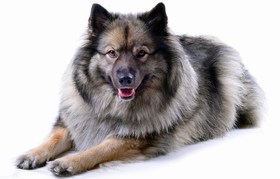 Keeshond | 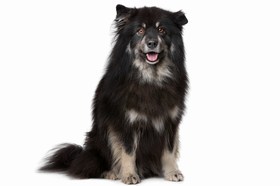 Finnish Lapphund | 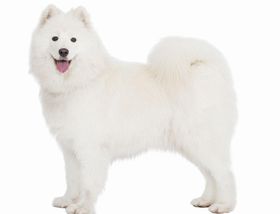 Samoyed | 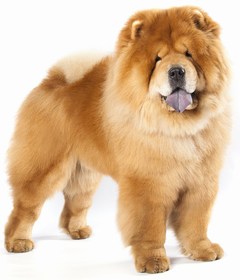 Chow Chow |



